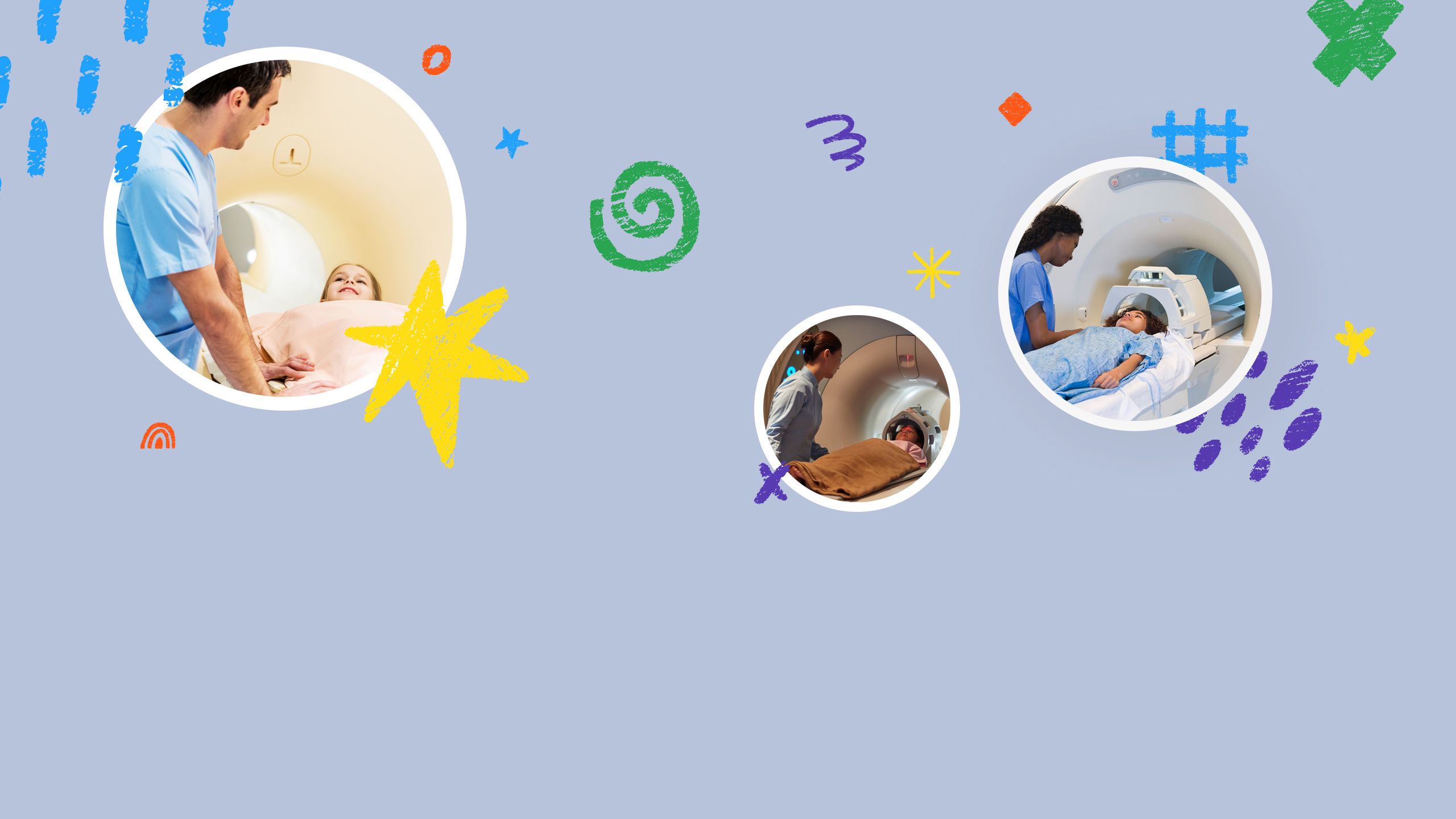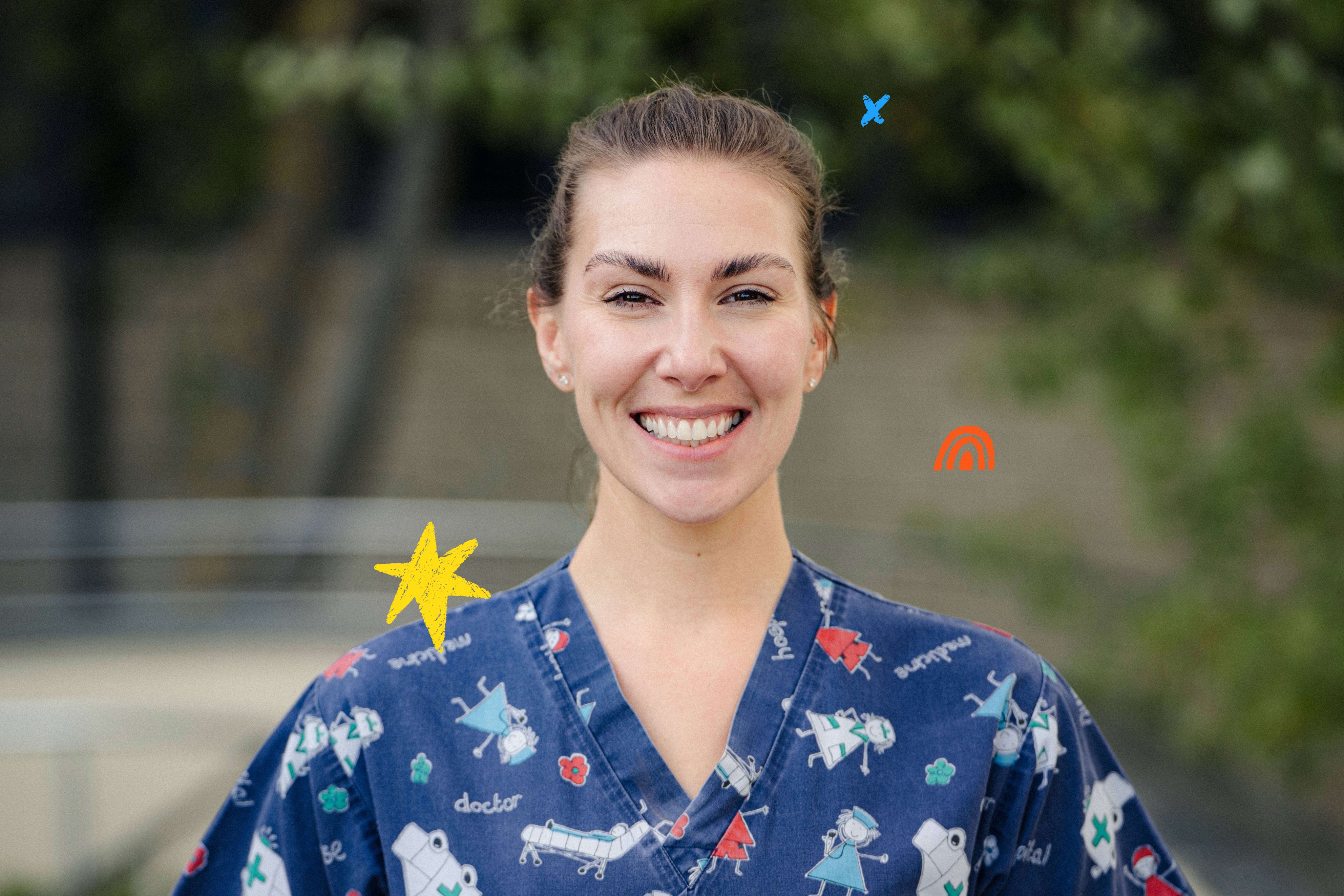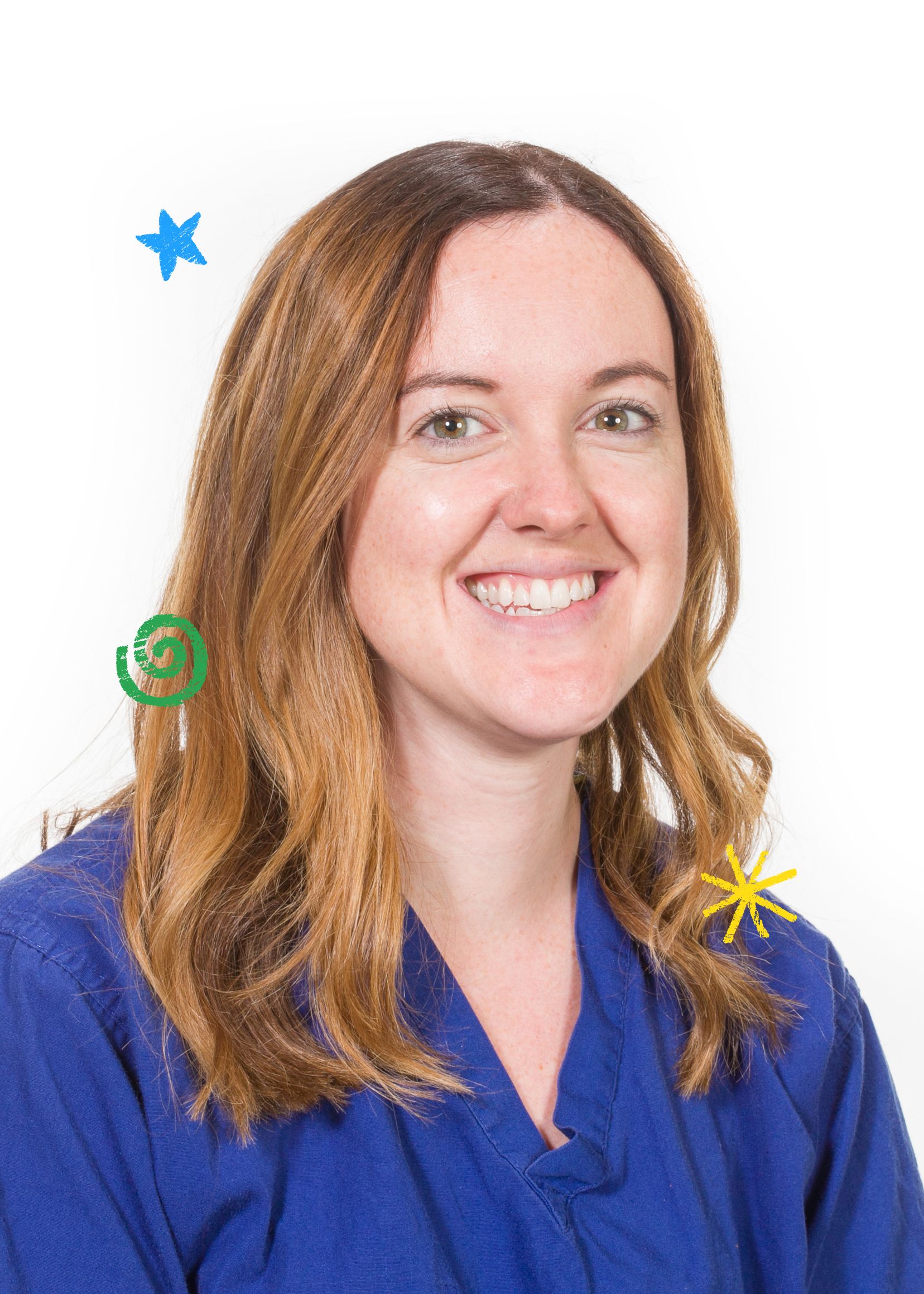Could paediatric radiography be the career for you?
Synergy speaks to radiographers working in paediatrics about why they decided to pursue their chosen specialty
By Marese O'Hagan

Radiographers have a host of specialties to choose from after completing their training, and deciding on the right career path can be a daunting task. As part of an ongoing mission to showcase some of radiography’s unique corners, Synergy spoke to a number of radiographers to find out why they chose paediatrics.
Jemma Gray is a clinical specialist and sonographer who works in paediatrics at the Royal Aberdeen Children’s Hospital, part of the Aberdeen Royal Infirmary (ARI) and run by NHS Grampian. Aberdeen’s first children’s hospital opened in 1877, and was relocated to Foresterhill in 1929. Aberdeen Children’s Hospital was then updated and reopened in 2004. It features specialist facilities, an A&E department and the Archie Family Centre, a place where parents and siblings can stay overnight near the hospital.
When asked about her career choice, Jemma told Synergy she always knew she wanted to work in paediatrics, and now splits her time between paediatric imaging and adult and maternity. “We have four consultants. I don’t do all aspects of ultrasound down here,” Jemma explains.
“We scan baby hips primarily for hip dislocation, and that’s solely run by sonographers. We also work in the neonatal department. I spend some of my time down here, probably about half my time at the moment. It’s quite a nice balance to work in lots of different departments.”
Pursuing sonography
Jemma has been working in Aberdeen since 2014. Like many of the radiographers we spoke to at ARI, she studied at Robert Gordon University, beginning her four-year degree there in 2003. Next, she became a radiographer at Woodend Hospital in Aberdeen before moving to Dr Gray’s in Elgin, where she completed her ultrasound training. “Our training for ultrasound is obviously on top of our radiography degree, so historically they quite like you to be a radiographer first, just for that wider experience,” she says.
Jemma’s time at Dr Gray’s allowed her to explore sonography, a type of imaging that can be used to look at and diagnose cysts, tumours and unidentified lumps, as well as to monitor unborn babies. She says this training also gave her experience dealing with more pressurised situations. “I worked as a radiographer on the side of doing sonography, which I think is a really good balance,” she explains. “It gives you the confidence to deal with quite acutely unwell patients, maybe coming through A&E, and obviously you learn a lot about body parts.
“I did my training in ultrasound [in Elgin], which takes about two years, give or take.”
It also allowed her to study soft tissue structures in-depth. “Obviously we’re not looking as closely with bones – although that is a little bit more into ultrasound – but certainly more like soft tissue structures.”

A challenging role
Emma Rose is a consultant radiographer in interventional radiology at Great Ormond Street Hospital for Children, and a committee member of the Children and Young People’s Imaging Special Interest Group (CYPISIG).
She says working in children’s imaging is definitely a challenging experience – but one she finds both unique and honourable. “For me, there’s nothing more humbling than being able to help somebody’s child in a time of worry, because you aren’t just looking after the child, you’re looking after the whole family,” she explains. “I think that’s a real privilege.”
To radiographers who are considering going into children’s imaging, Emma’s advice is to dive head first into your reservations and not be afraid to ask for help – from the experts, but also from children’s families. “I think a lot of people are really afraid of babies and small people,” she says. “And I think it’s important to not be afraid to use and talk to the family. For example, if they’re worried about positioning for an X-ray, you can get the parent to help you do that. They know their child best.
“I would advise looking at other staff groups as well, such as play specialists or paediatric nurses, to improve your confidence in communicating with children and young people. It is a truly rewarding career option and it gives me a lot of joy.”

Resources for paediatric radiographers
For those interested in going into paediatric radiography, the Society of Radiographers has a number of resources on its website. In March last year the society relaunched the CYPISIG – formerly the Children’s Imaging Taskforce (CIT) – to support and connect radiographers who are interested in children’s imaging. It incorporates expertise from the APR and the then-CIT.
The group was created as a result of continued pressures to improve children’s services and become more skilled at children’s imaging. The Health and Care Professions Council made improving specific skills and knowledge of children’s imaging part of their revised standards of care, published in 2023.
Emma tells Synergy that the aim of the CYPSIG is to share best practice among radiographers who work with children or young people. “It’s there to allow people who might want advice – or want to ask for advice – to be able to reach out to other centres,” she explains.
“Experienced paediatric radiographers can share advice for those who don’t work in specialist centres or have less experience in children and young people imaging.
“The basic essence is to share best practice, because it can be really easy to be siloed in our work and to not be able to reach out to similar centres.”
Read more


